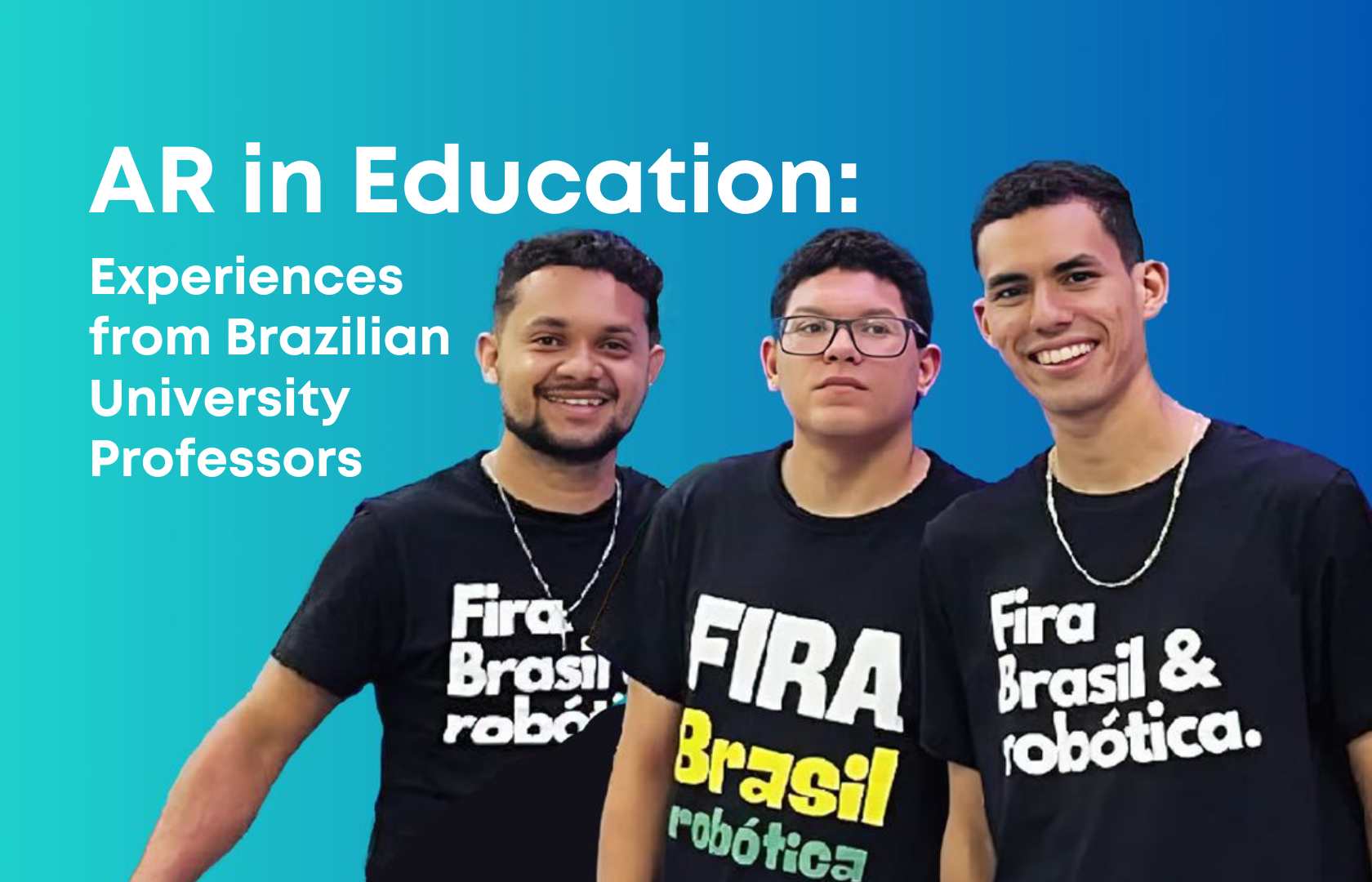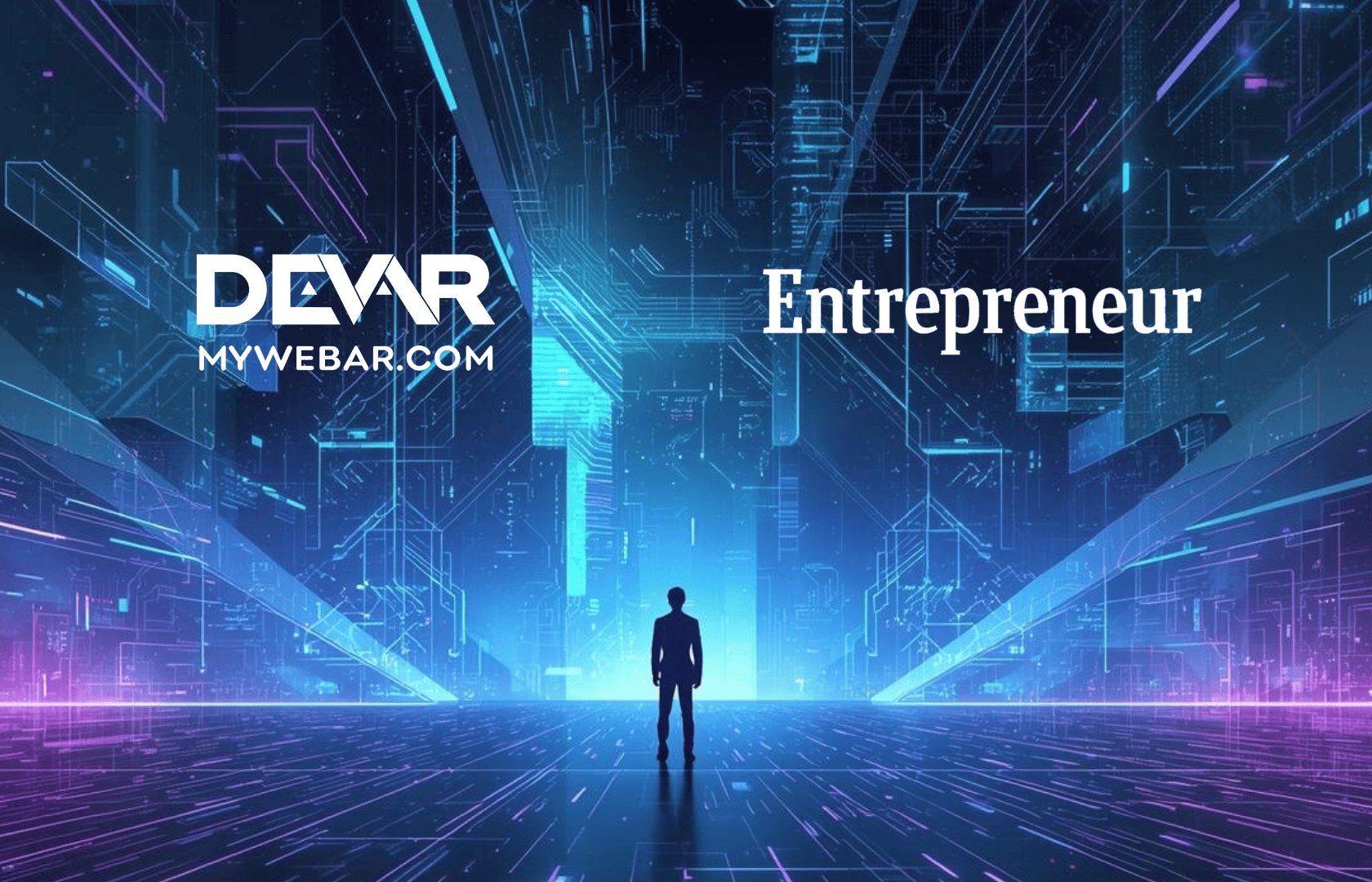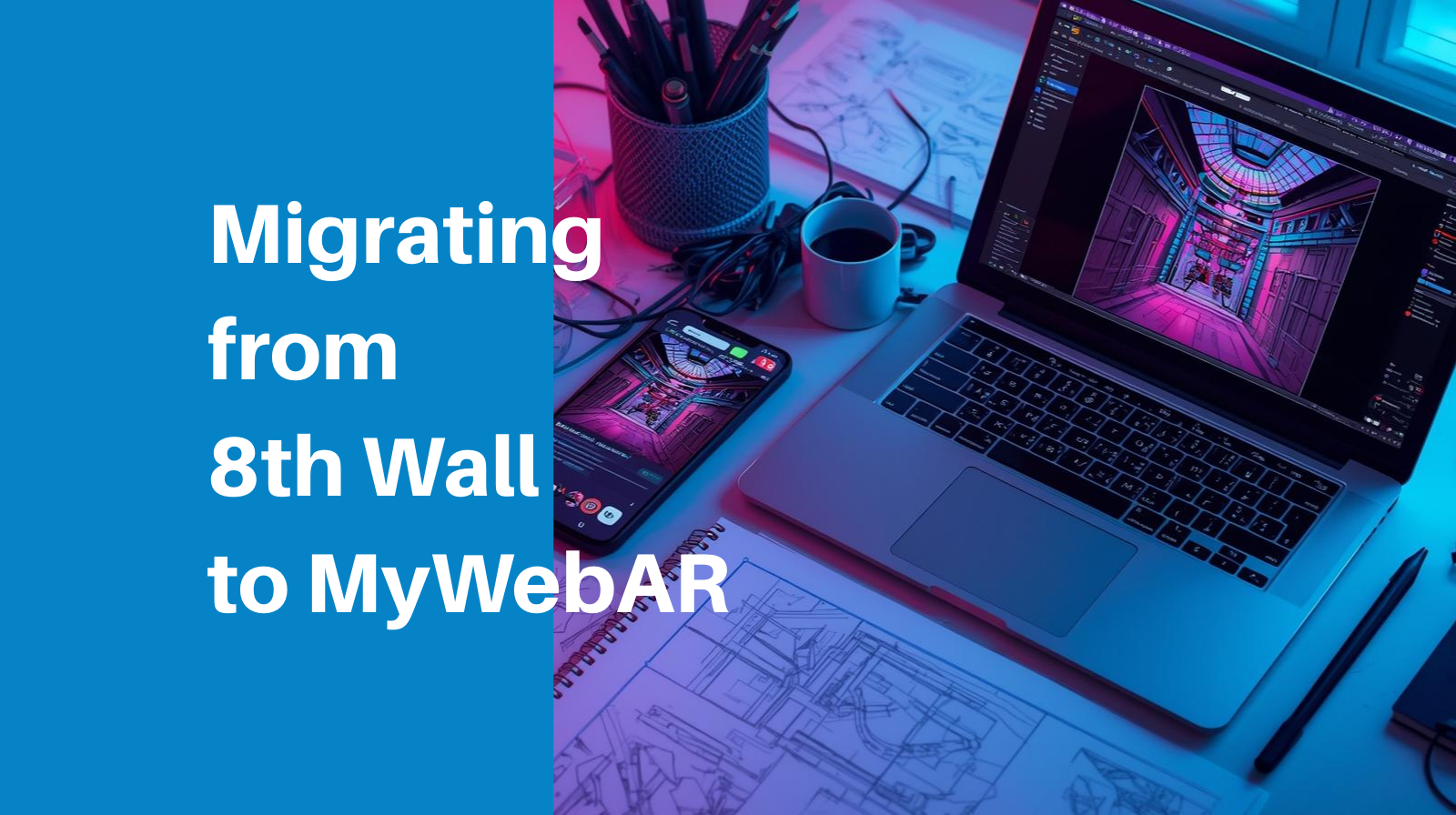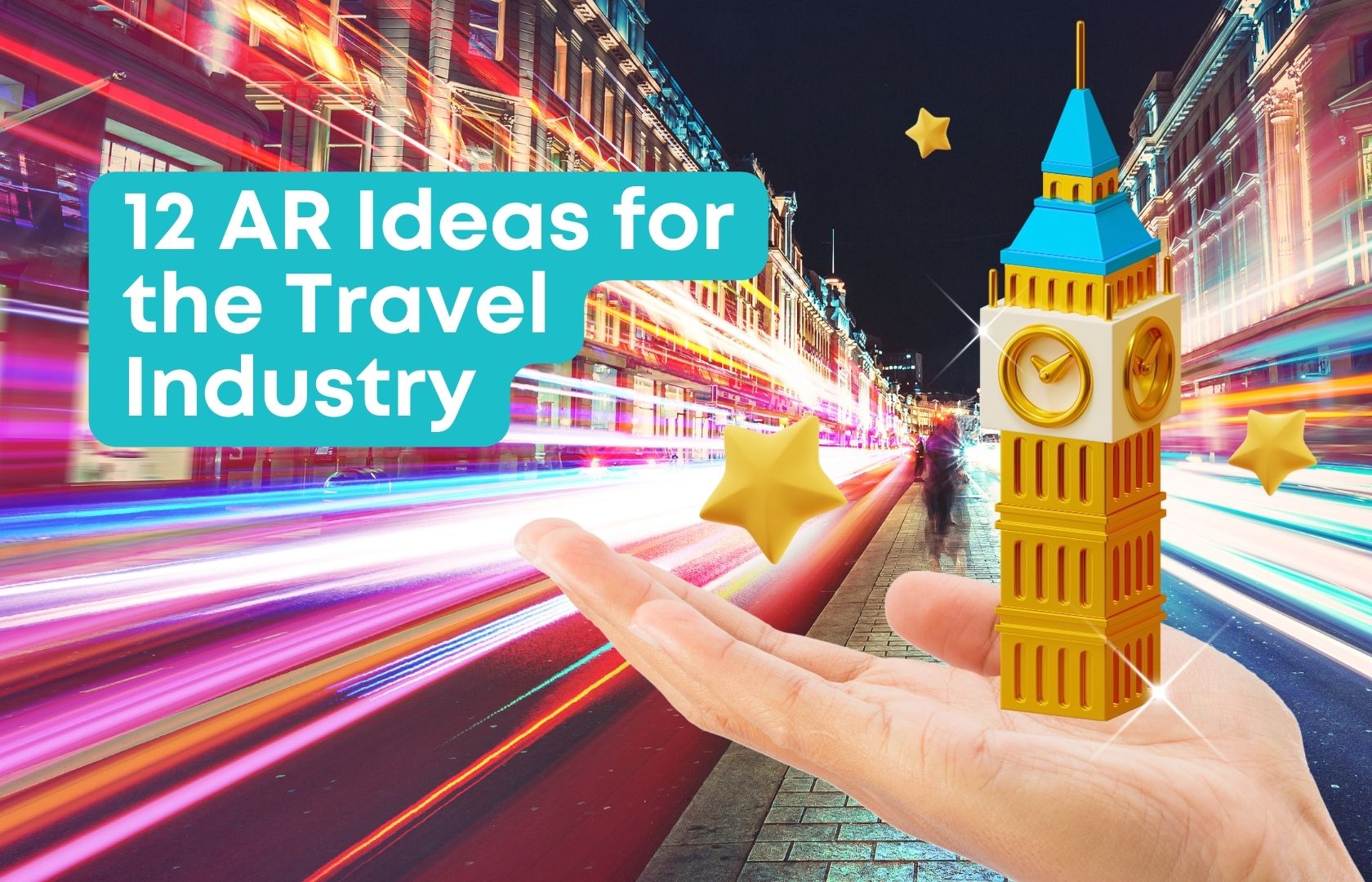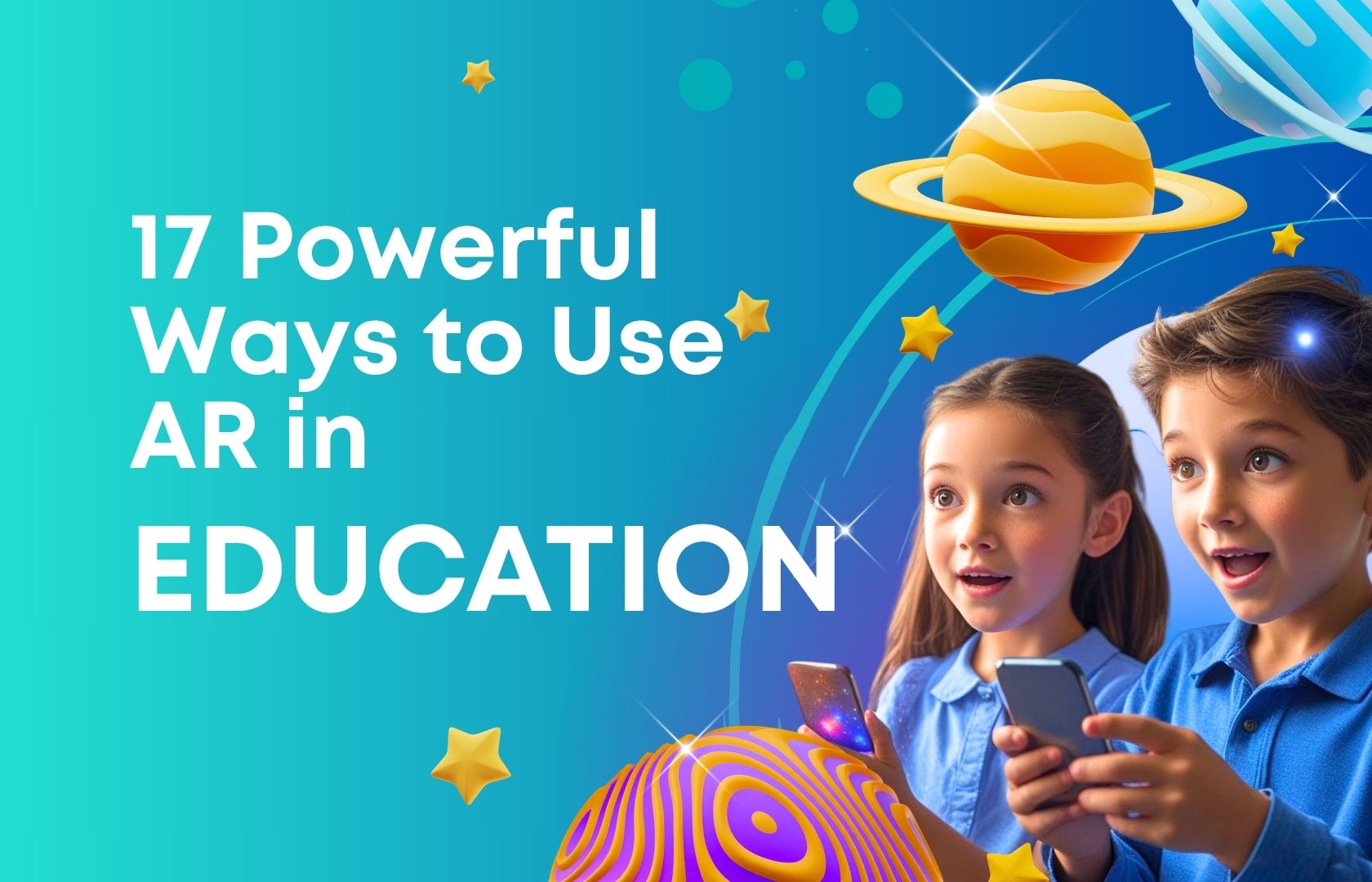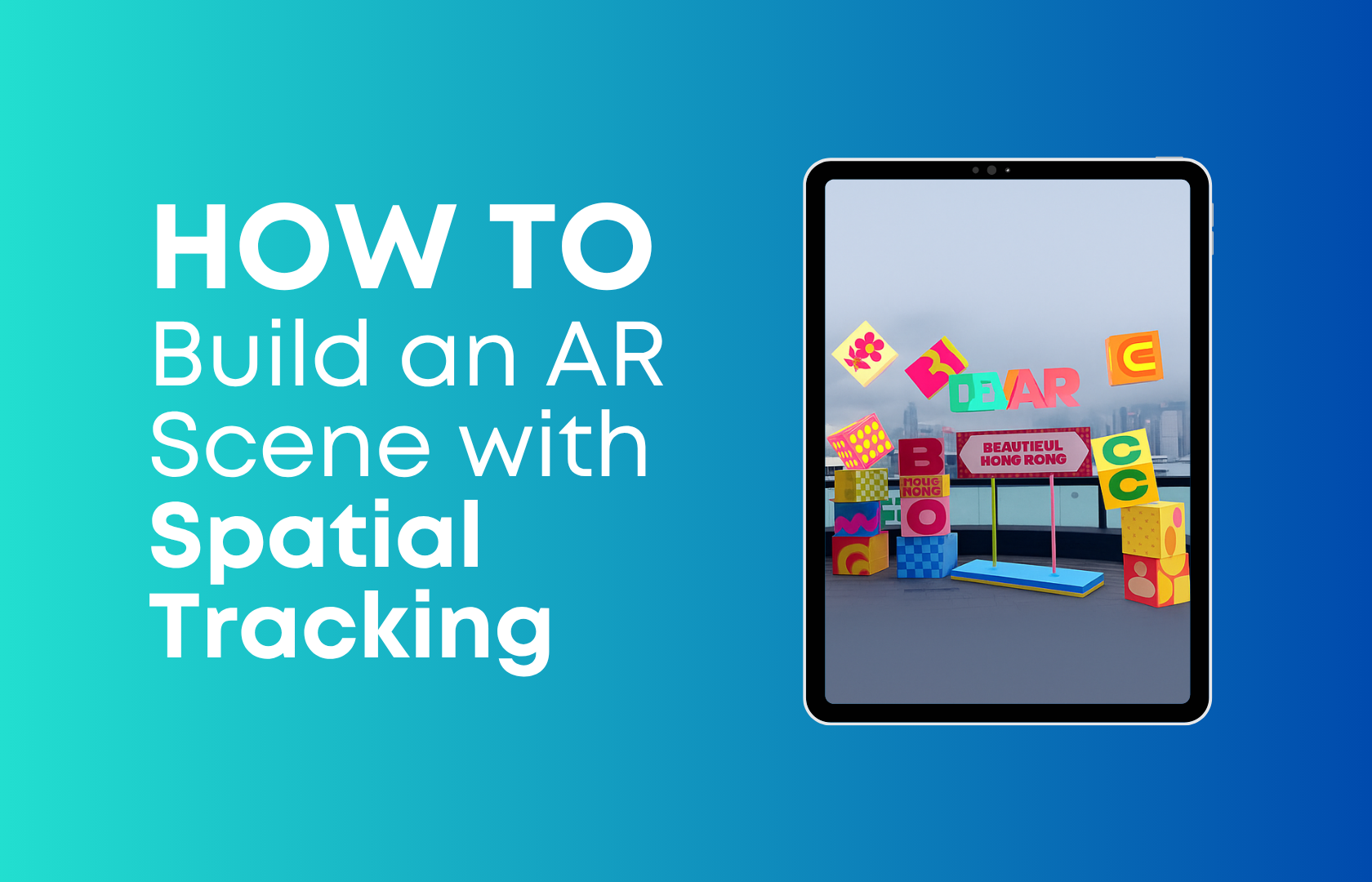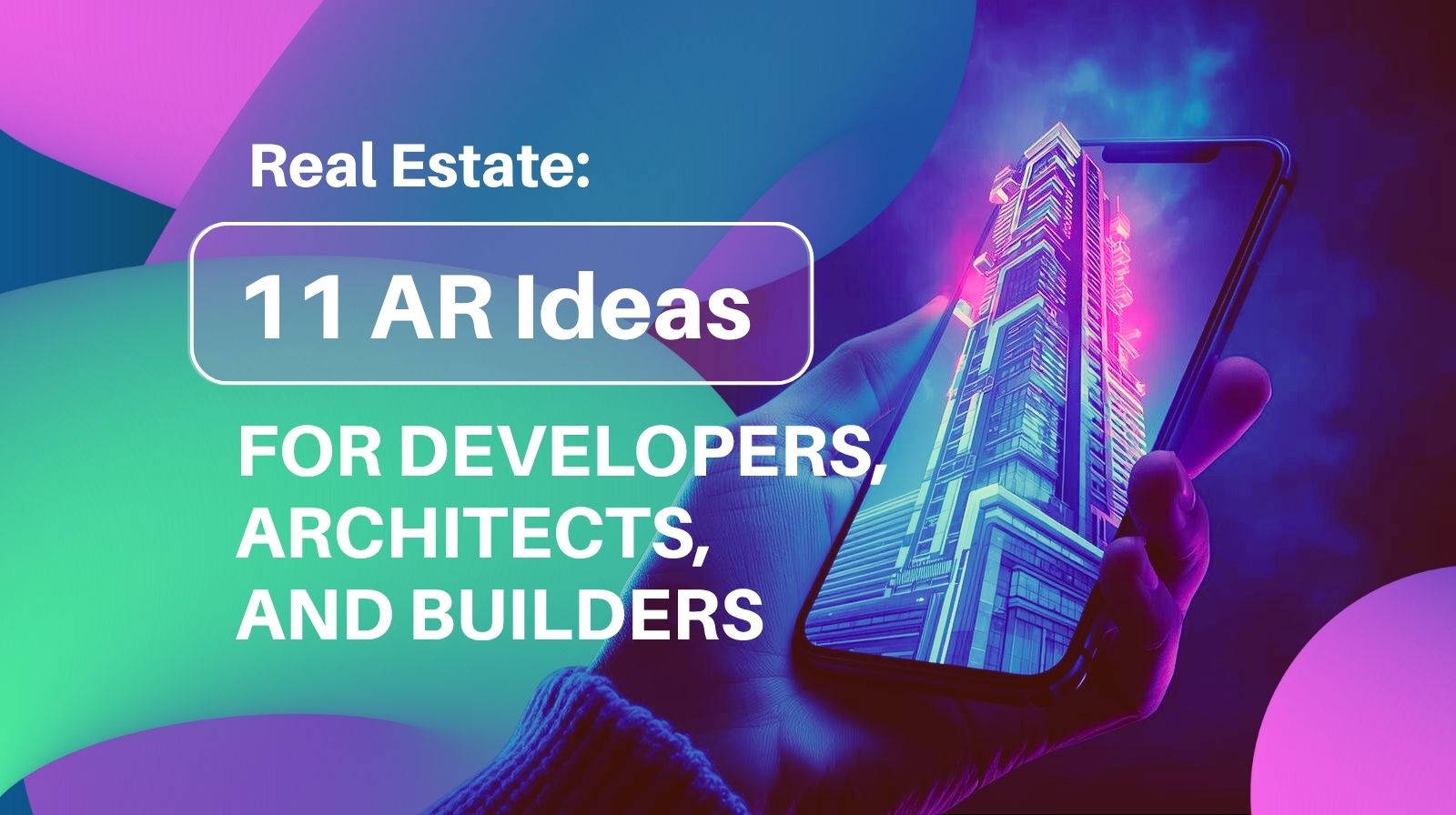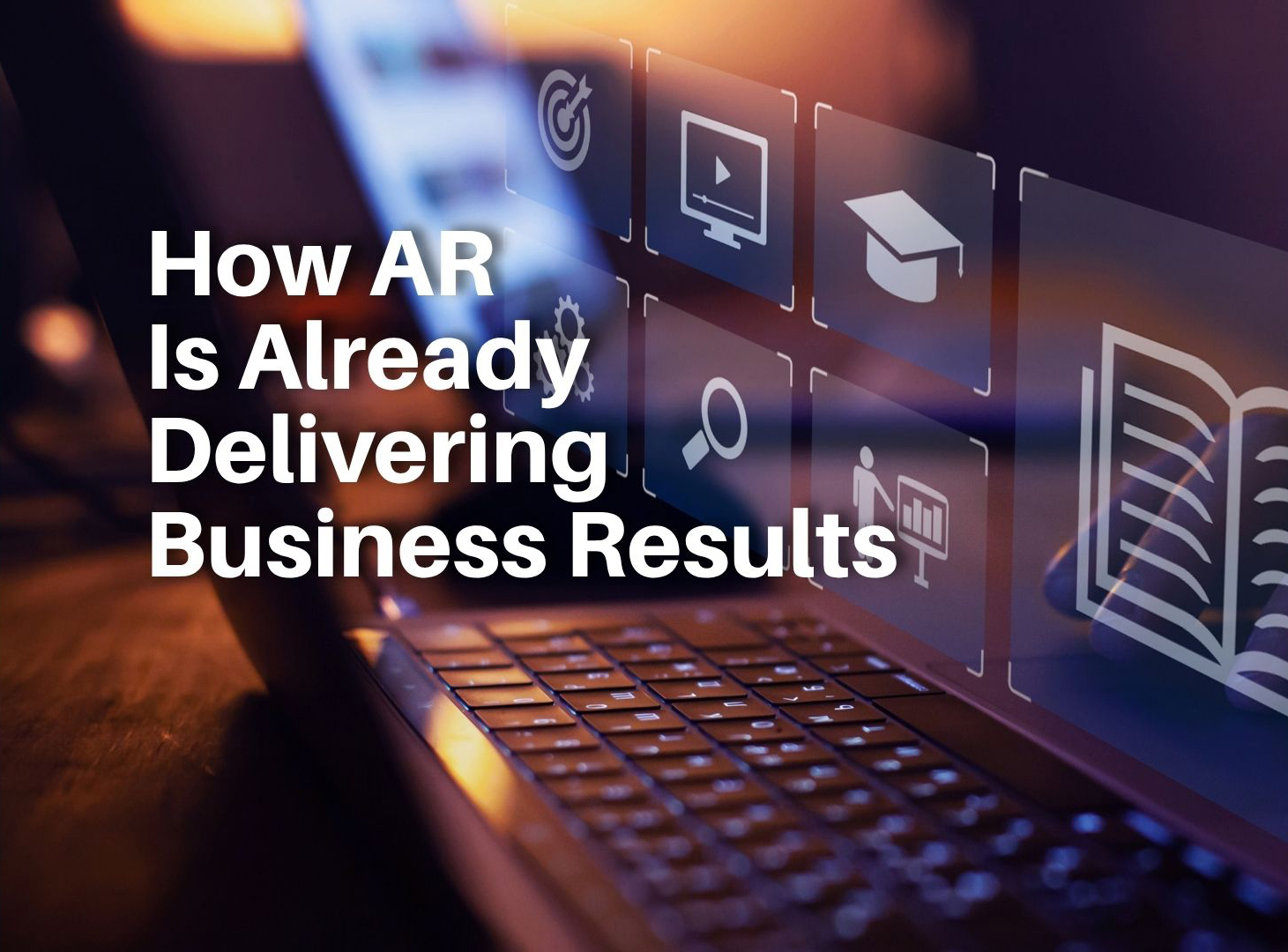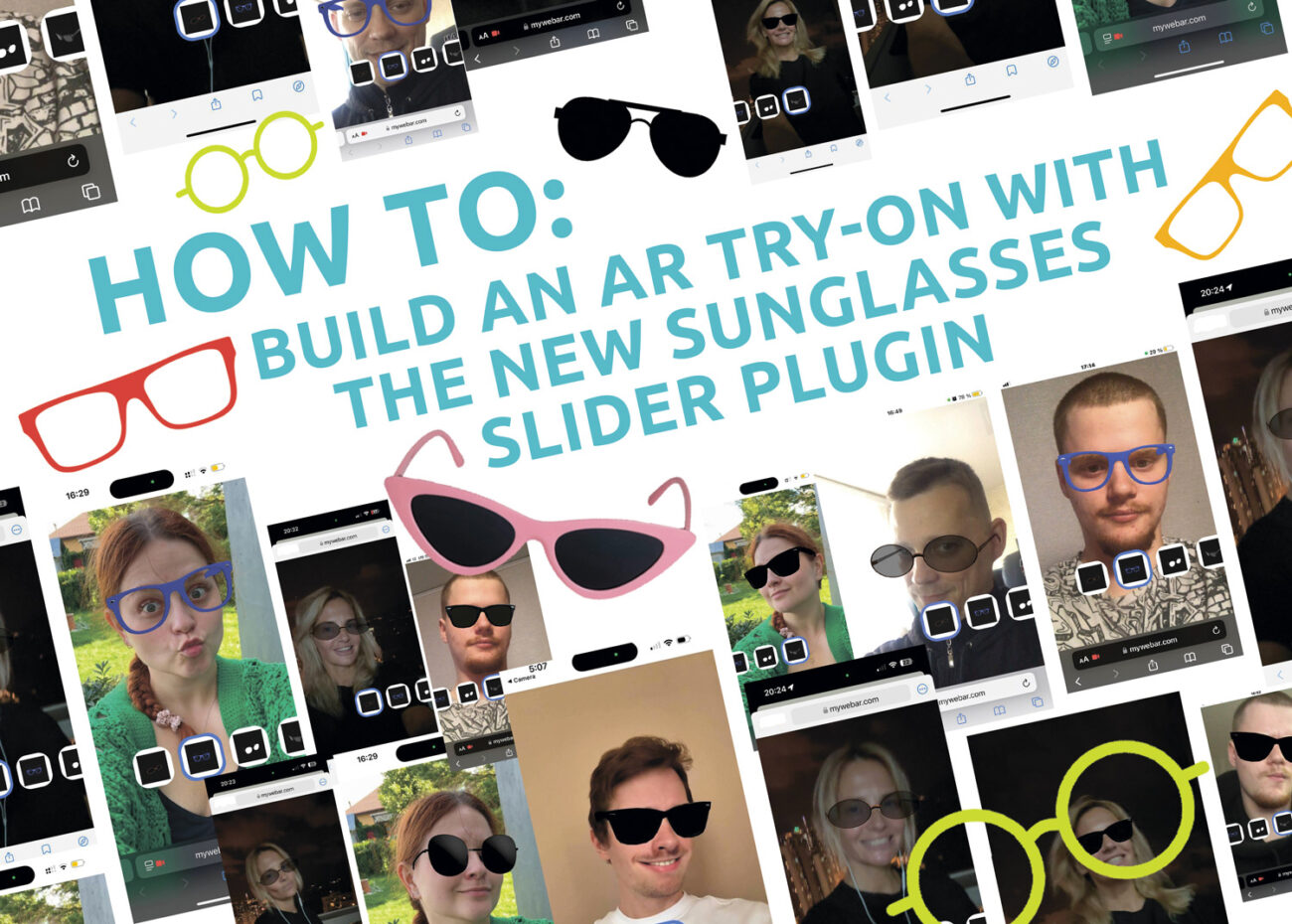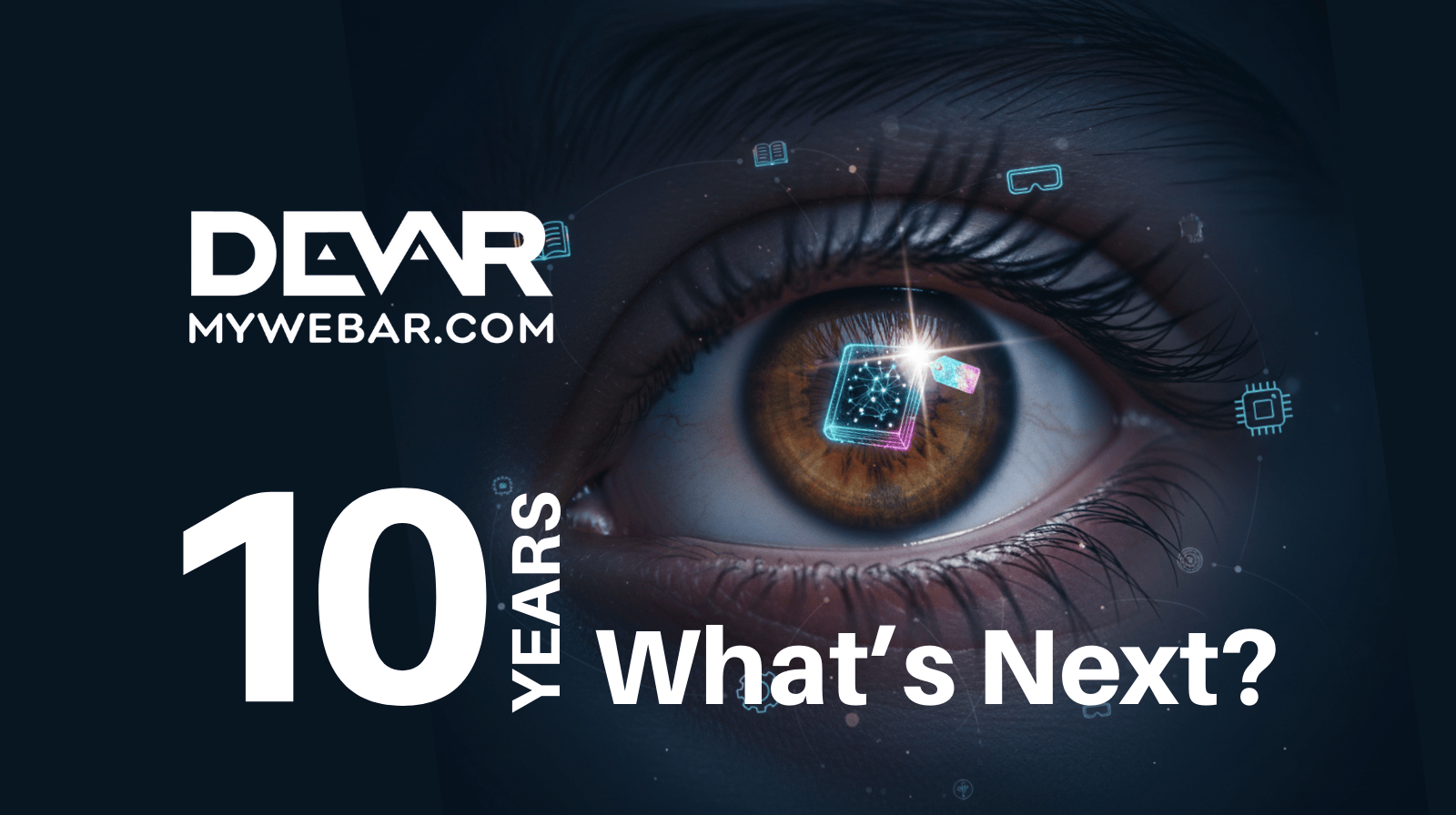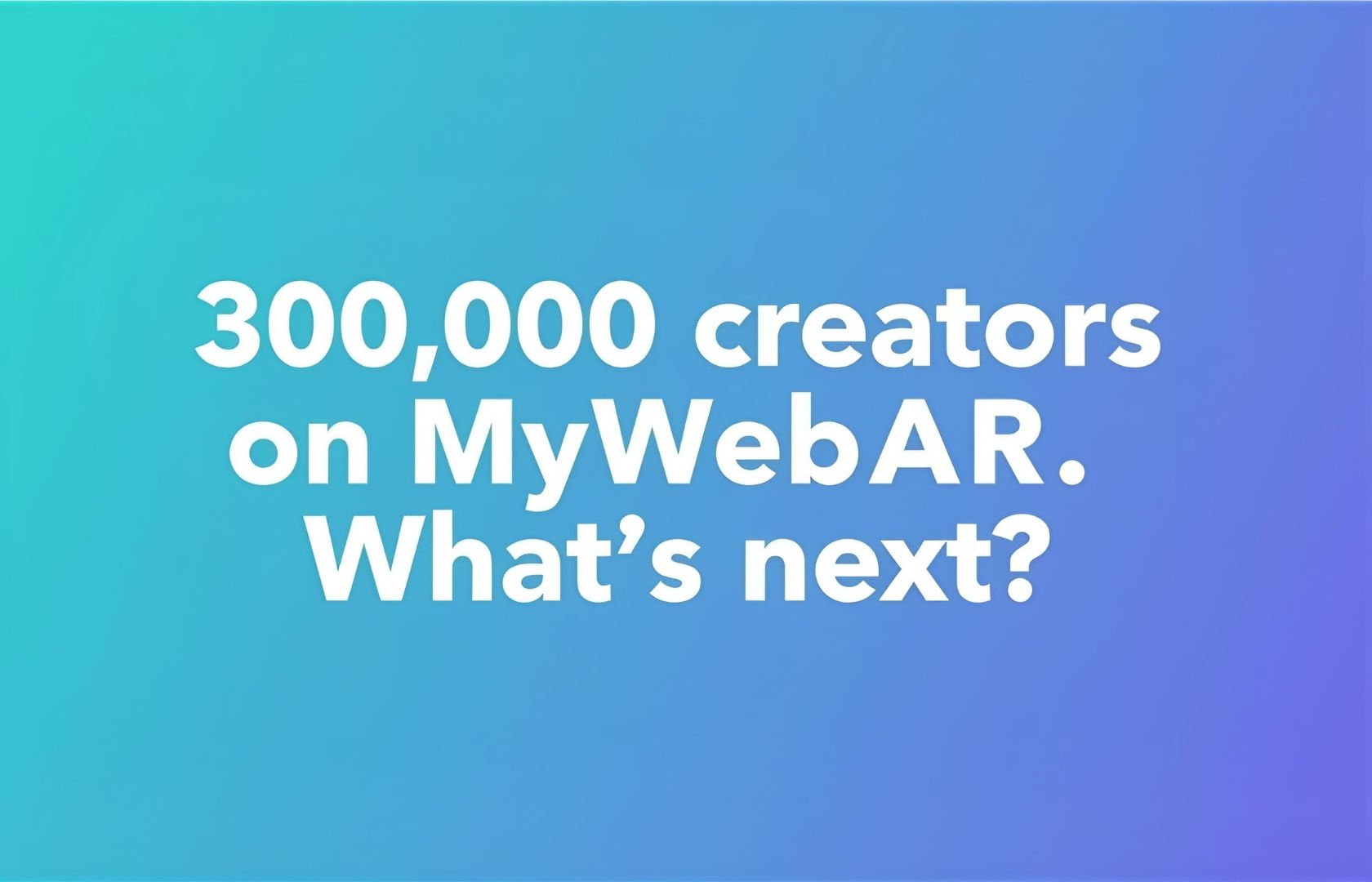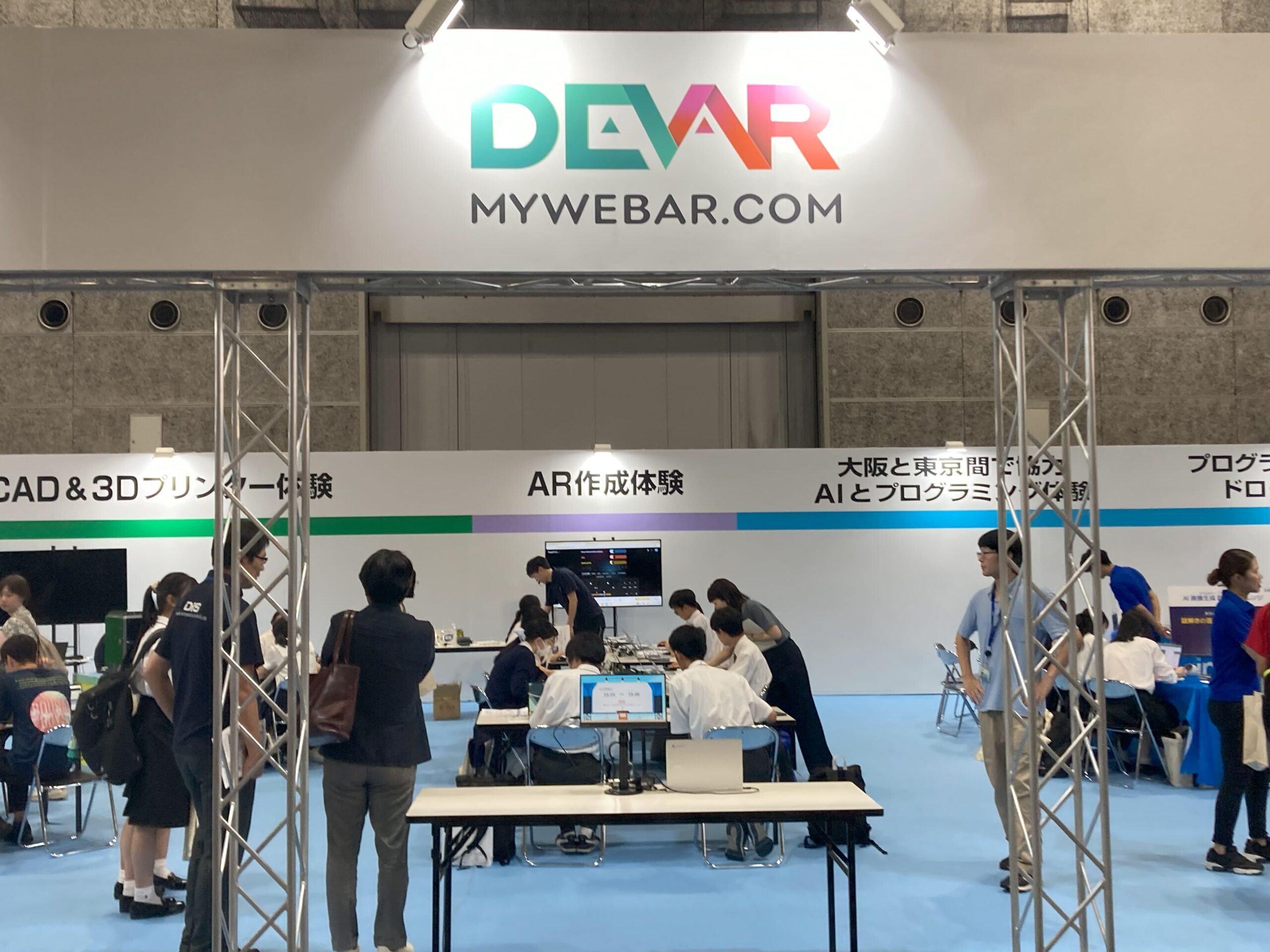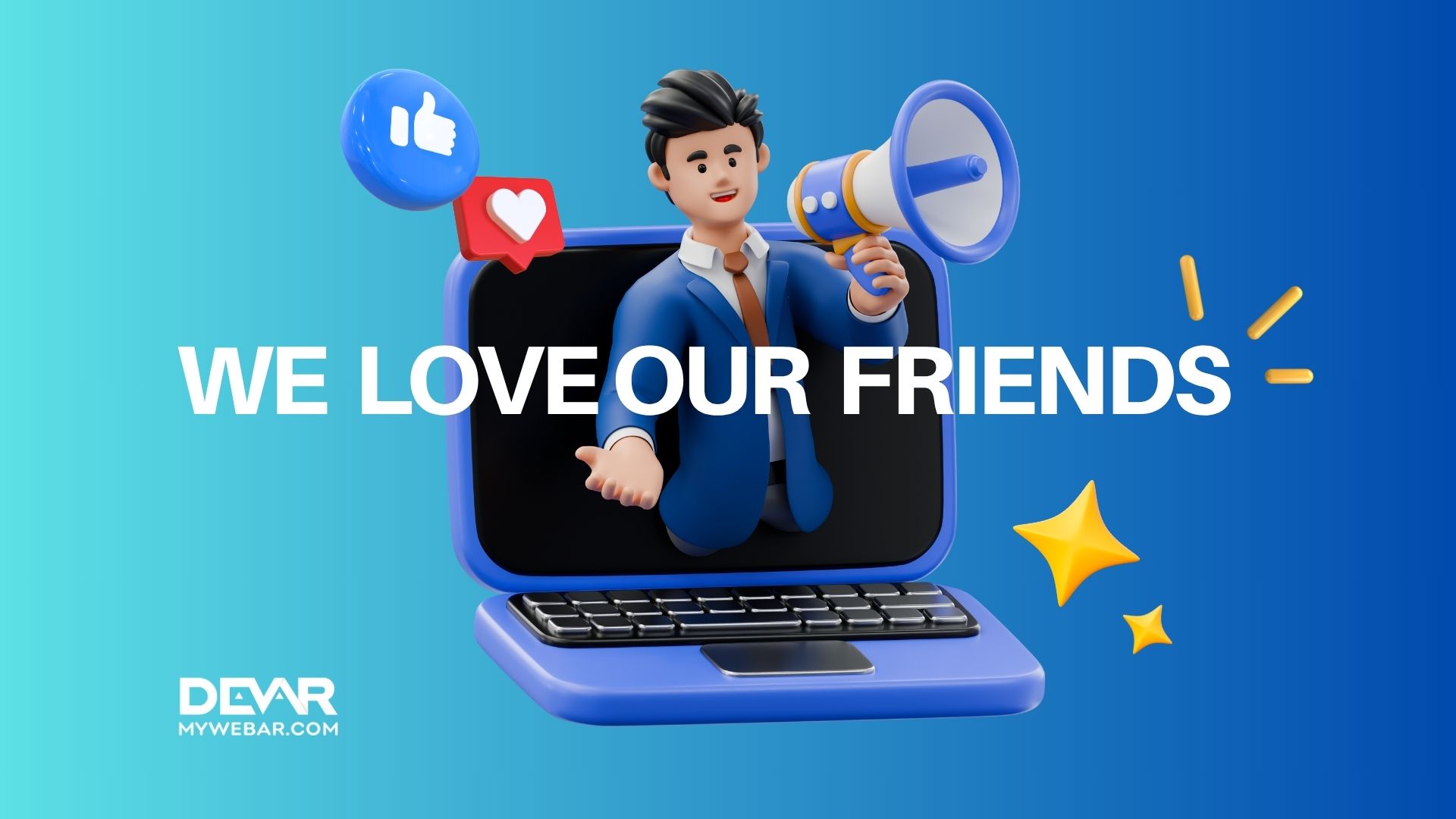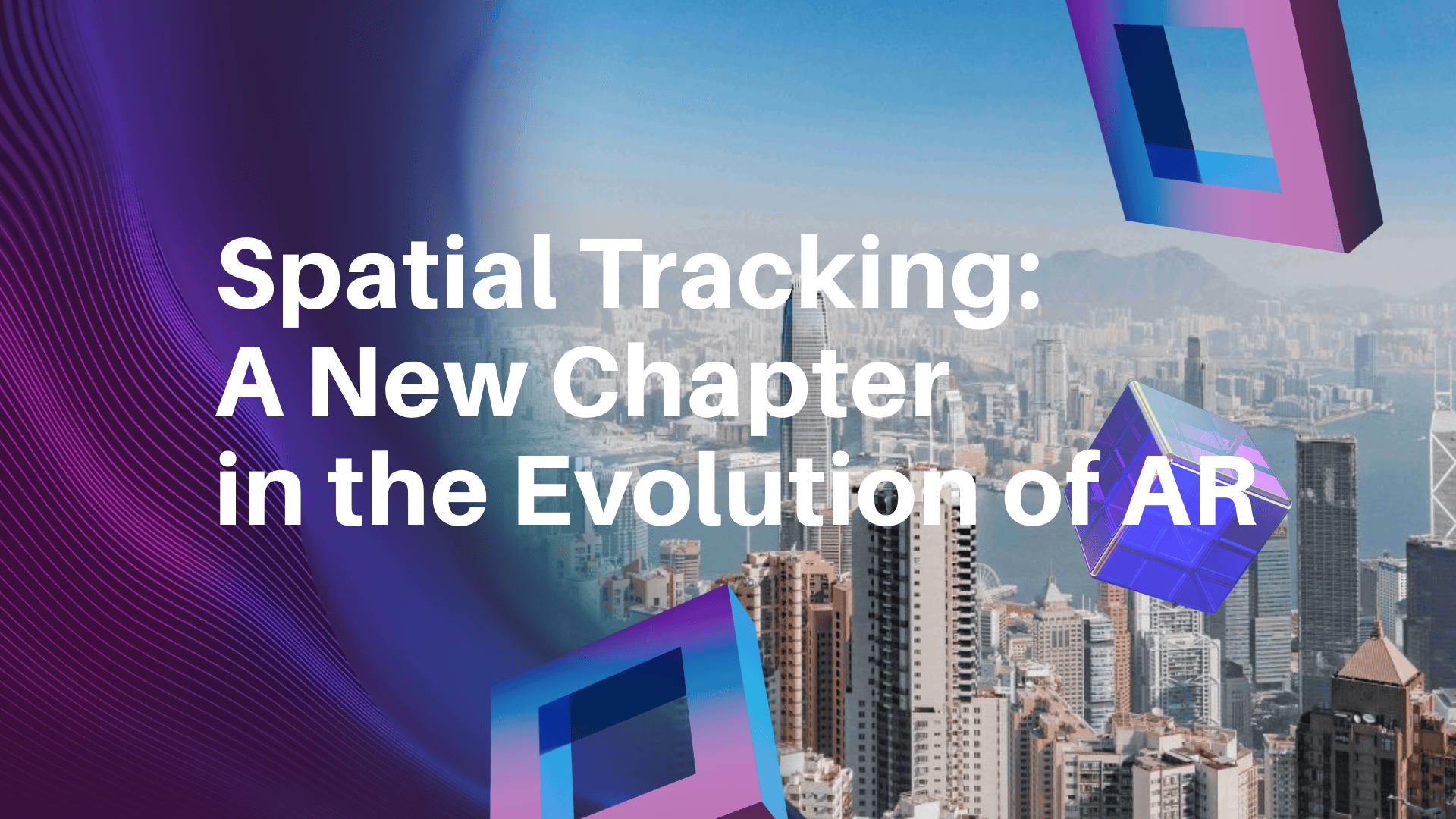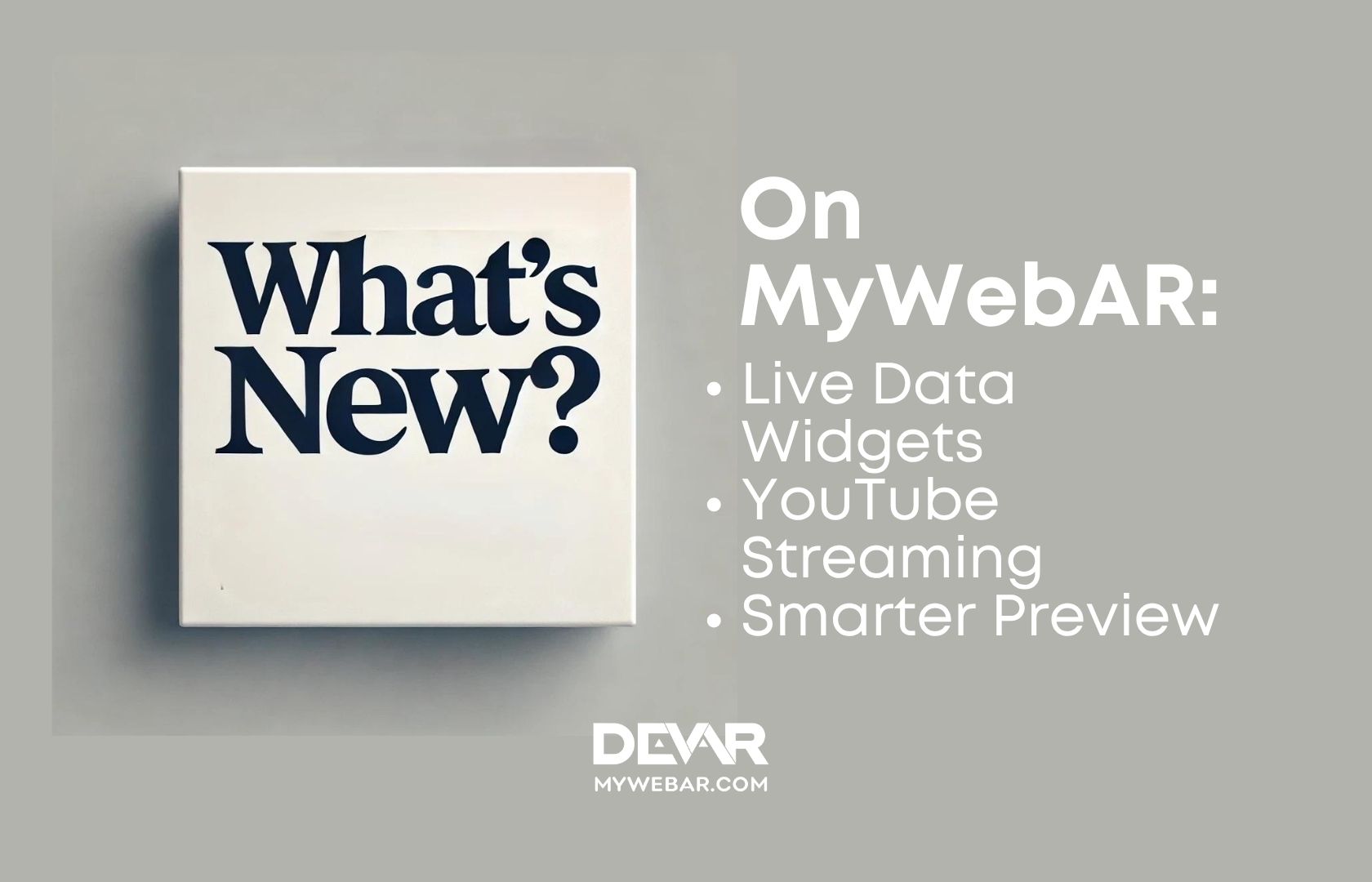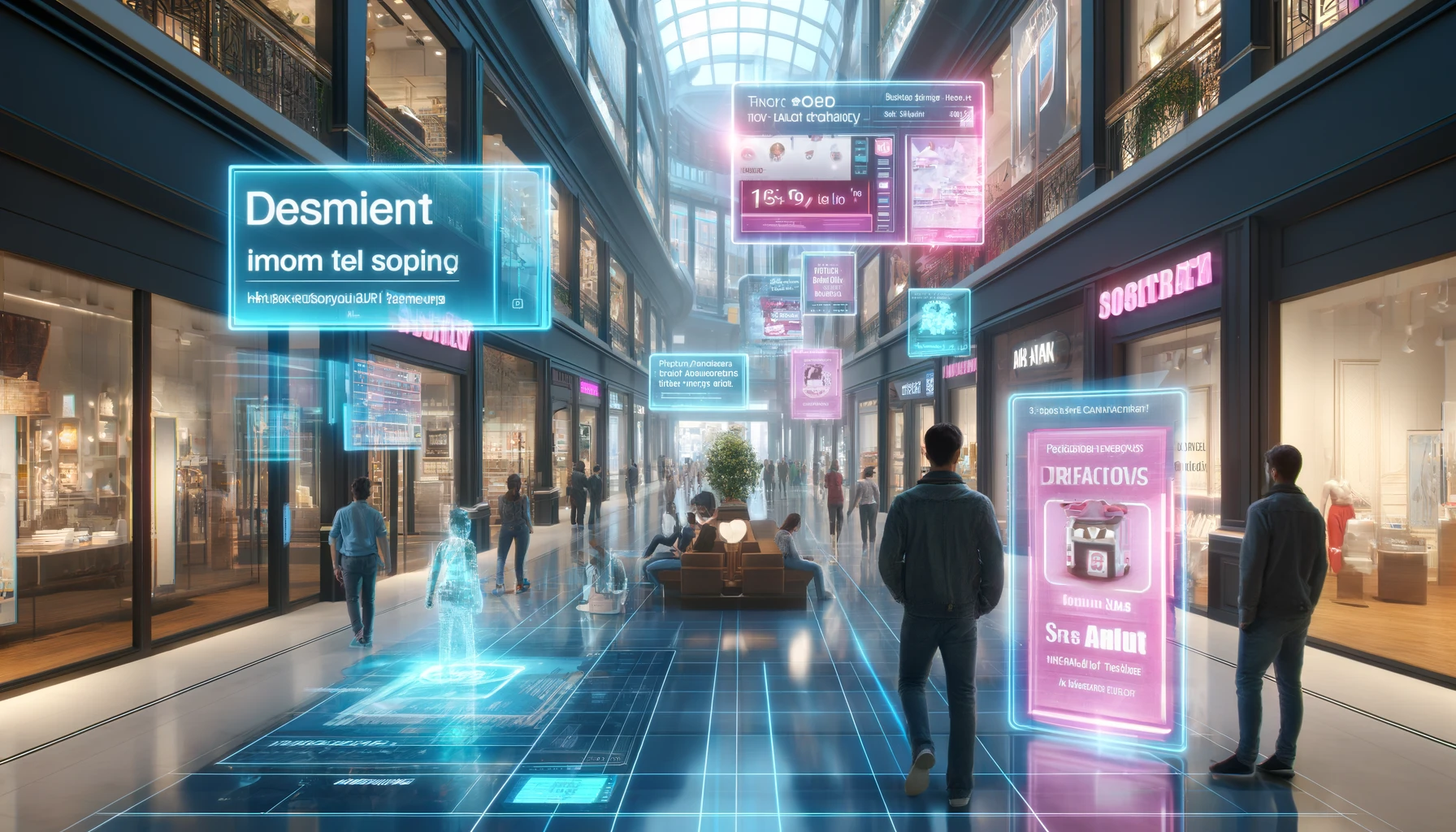In this interview, we explore the experiences of Brazilian university professors who have integrated augmented reality into their educational programs. As pioneers of this innovative technology, these professors share their challenges, successes, and insights on using AR to enhance learning and student engagement. Through their stories, we gain a deeper understanding of how AR is changing education and the potential it holds for the future. We interviewed Ronan Corrêa Santos, a systems analyst and developer, postgraduate student in Educational Technologies and Online Education, and augmented reality developer.
Can you tell us a little about yourself and your journey as a computer science teacher at the educational center?
Our group consists of:
- Ronan Corrêa Santos — Systems analyst and developer, postgraduate student in Educational Technologies and Online Education. Augmented Reality Developer.
- Romário Costa Ribeiro — Systems analyst and developer, postgraduate student in Educational Robotics and Digital Technologies in Information and Communication in Education. Instructor at the State Institute of Education, Science and Technology of Maranhão (IEMA) (São Luís, Maranhão, Brazil). Augmented Reality Developer.
- Andrey Marcos Mendonça Ferreira — Systems analyst and developer, postgraduate student in Digital Technologies in Information and Communication in Education, instructor at the State Institute of Education, Science and Technology of Maranhão (IEMA) (São Luís, Maranhão, Brazil). Augmented Reality Developer.
As enthusiasts and passionate advocates of emerging and immersive technologies, we strive to bring innovation and technology to vulnerable communities and groups, making them attractive, engaging, and focused on hands-on learning.
To begin with, when did you first encounter augmented reality technology, and what was your initial reaction, particularly in the context of working with teenagers?
At the end of 2021, I, Ronan Santos, was looking for a topic for my final project in the Systems Analysis and Development course. After various research and testing of mobile and web applications, I came across an app called “Civilisations AR – BBC” and decided to develop a similar application, although at that time I was unaware of the existence of augmented reality. A few months later, I developed an application called “ManguApp,” aimed at educating elementary school students about the fauna and flora of mangrove forests. During this learning process, I became familiar with various tools that allow for the creation of immersive AR experiences, ranging from apps to web pages, and it was during this time that I discovered MyWebAR and was impressed by the platform’s simplicity and the amazing results it delivers. After graduating, I developed several training courses for students and teachers in schools in my hometown of Carutapera (MA, Brazil). Since then, I have continued to pursue further learning in AR development and deepen my knowledge of this technology every day. In 2023, I met teachers Romário and Andrey, and together we began to study immersive technologies and promote their teaching in classrooms.
What inspired you to integrate AR technology into your educational programs?
We know that augmented reality can be implemented in various fields, from culture and entertainment to education. During our study of this technology, we quickly realized that the educational field is still underexplored and, consequently, in need of Brazilian applications. Moreover, many of these applications are in English, which makes it difficult for Brazilian students to interact with them. Unfortunately, as a result, lessons still remain very monotonous. These problems, along with the curiosity and enthusiasm of young people for new technologies, became strong motivators for using AR as an innovative method to capture and maintain students’ interest, creating a more stimulating educational environment, an effective and interactive way to explore complex concepts, allowing for better visualization and understanding of the materials presented by teachers in the classroom.
How long have you been using immersive technologies like AR and VR in your classes with teenagers?
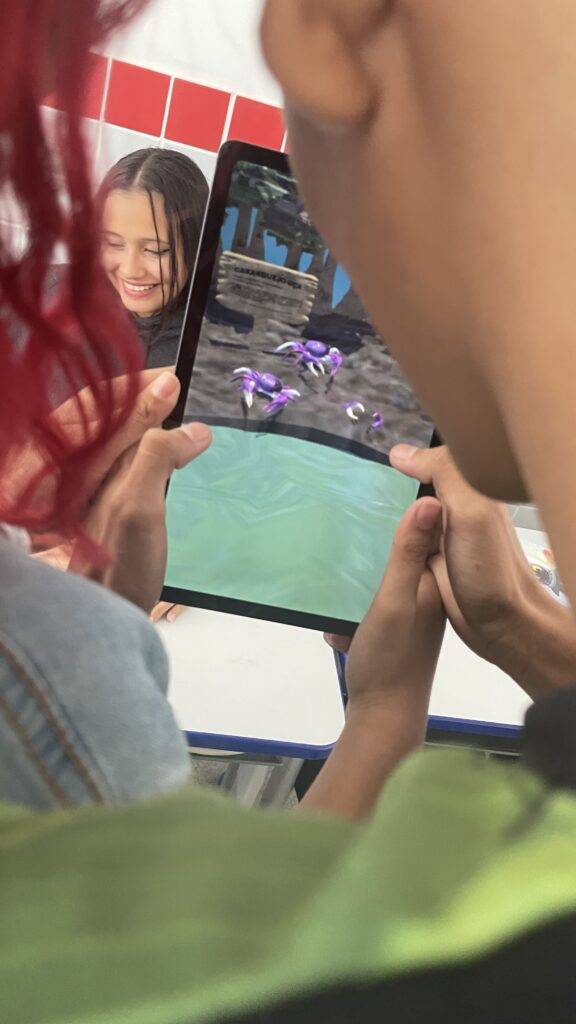
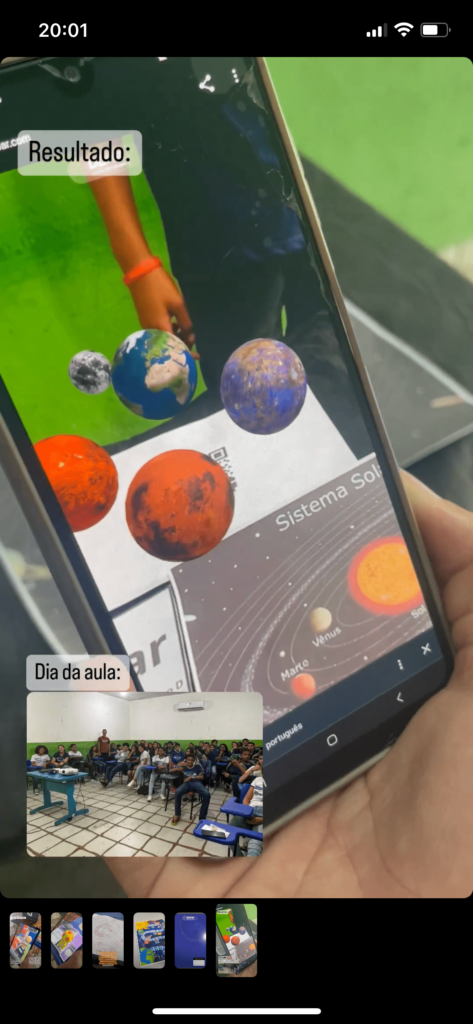
We have been working with AR and VR in education for over 2 years.
Can you share some of your favorite projects that have used AR at your center, especially with the MyWebAR platform?
We are happy to share photos and videos from our workshops. Some other recordings can be found on our Instagram: @ronan_csantos, @romario_cribeiro, @andrey.mendonca.
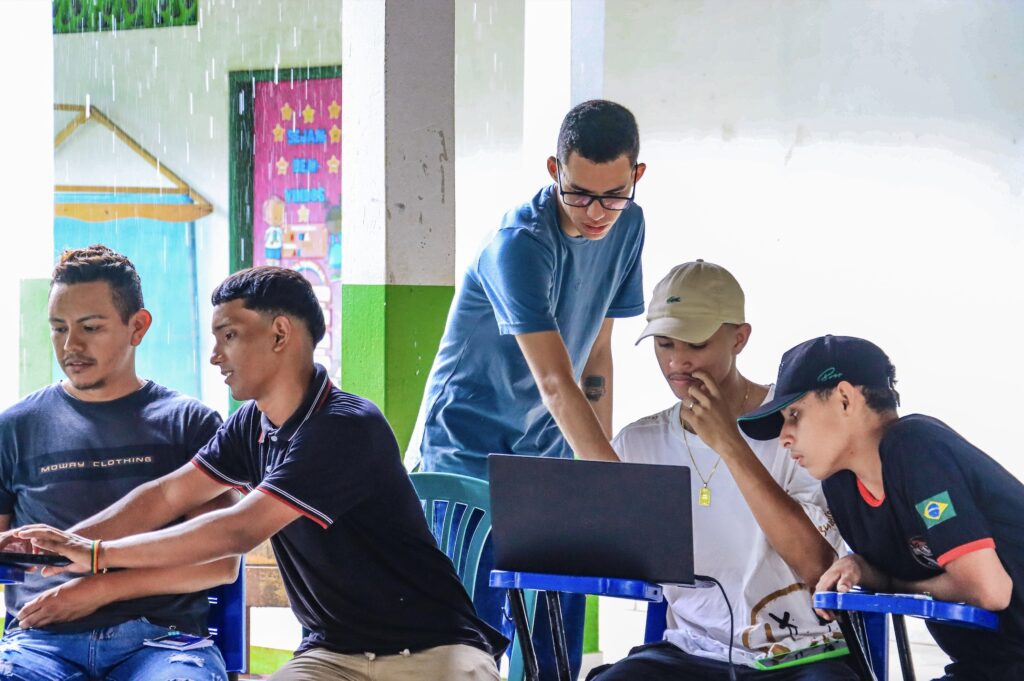
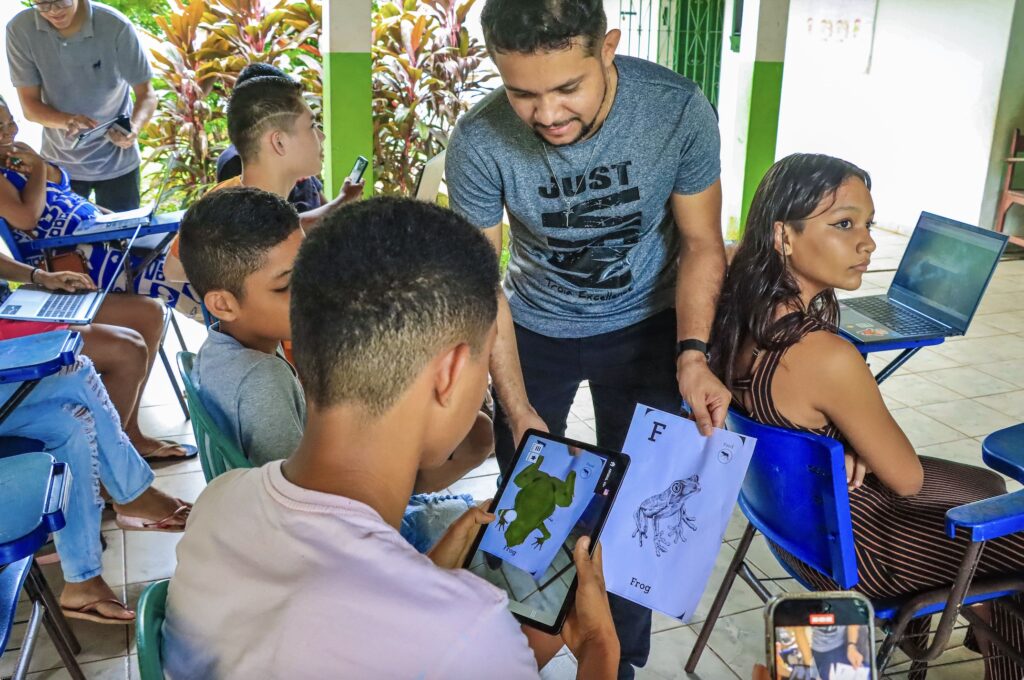
Have the results of using AR in your educational programs met your expectations? If possible, tell us about these results and how they benefited the students.
Yes, the results have fully met our expectations. As a result, every session brings new and amazing results because the goal of the sessions is not only to engage participants in the concept of AR but also to explore its application possibilities, first access, and the creation of immersive experiences using the MyWebAR platform.Participants explore all the tools of the platform and create their own AR experiences based on their creativity. All the knowledge gained in the sessions is based on problem-solving, computational thinking, hands-on learning, creativity, and logic.
What do you think is the future of AR and VR in education? Do you think their use will become more widespread?
Yes, we believe that the future of AR and VR in education is extremely promising, as they have the potential to change the way we teach and learn, making the educational process more immersive, interactive, and engaging. Furthermore, AR and VR allow students to experience situations and environments that would be impossible or impractical to replicate in real life. This, in turn, not only enriches the understanding of concepts but also increases engagement and knowledge retention. Additionally, over time, the use of these technologies is becoming more accessible and economically viable, which, consequently, contributes to their spread in classrooms, especially with the continuous development of devices and platforms.
We expect that the use of AR and VR will become common tools in the educational arsenal. As schools and educational institutions recognize the benefits of these technologies, their adoption should increase, providing richer and more diverse learning experiences for students of all ages.
